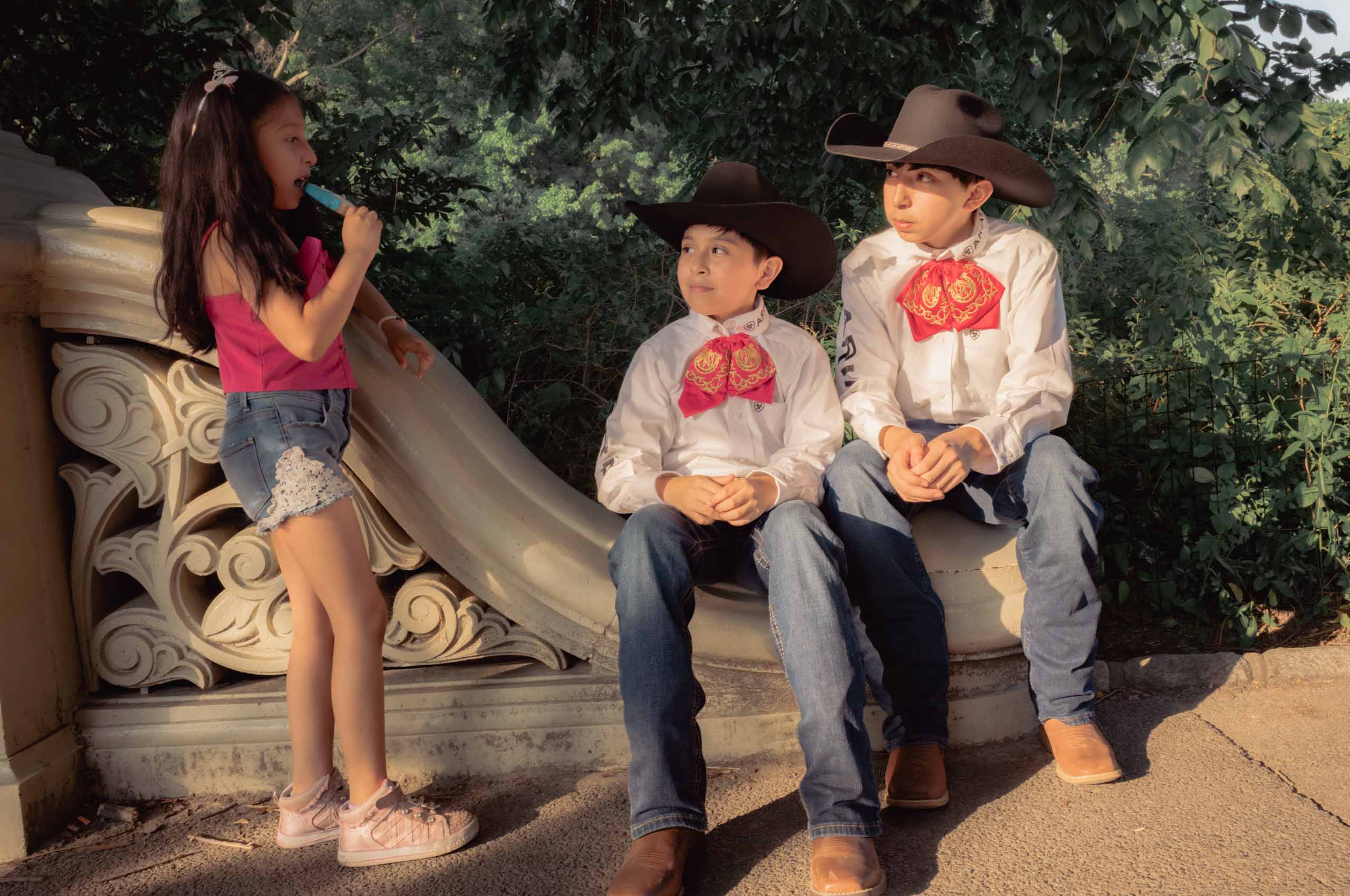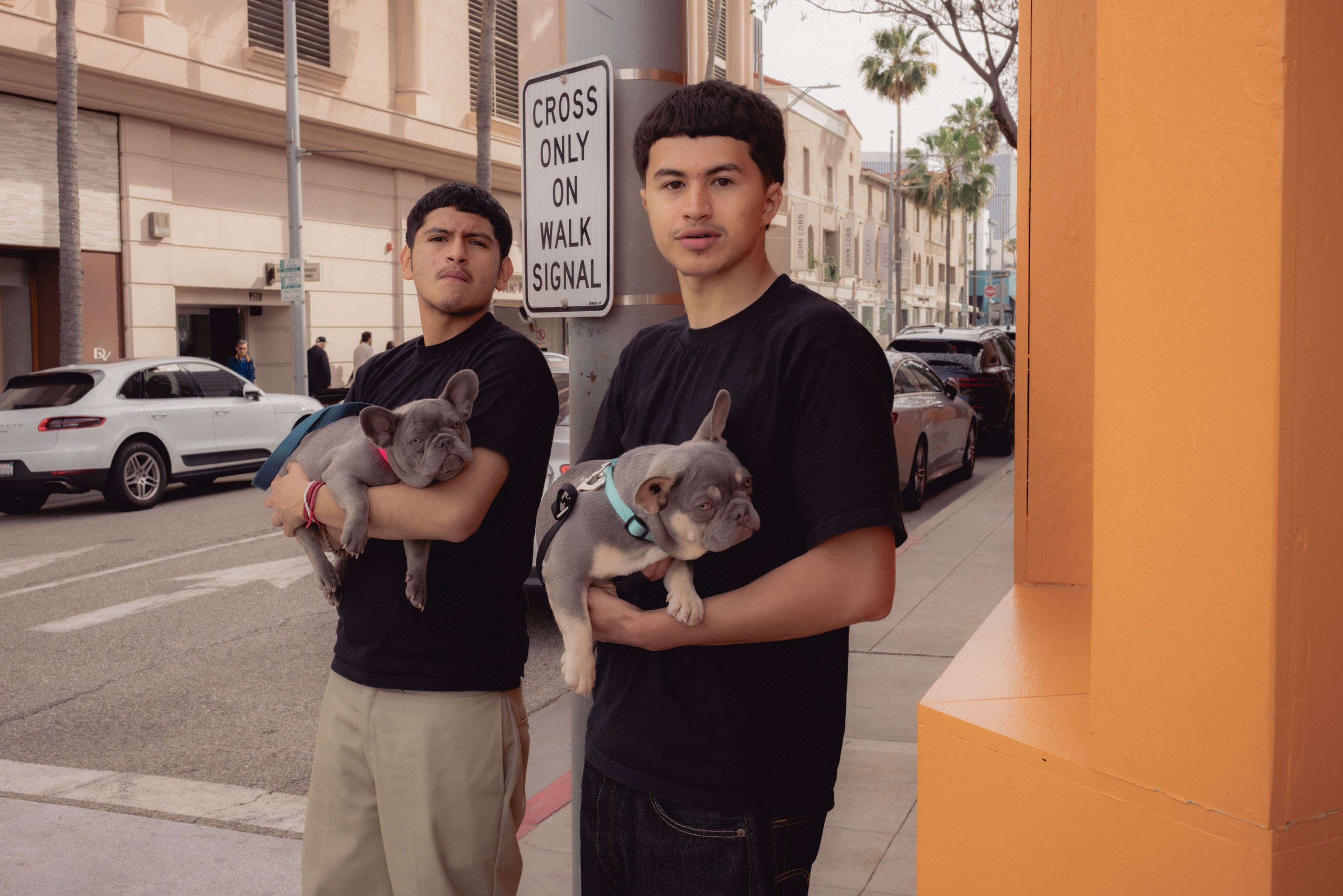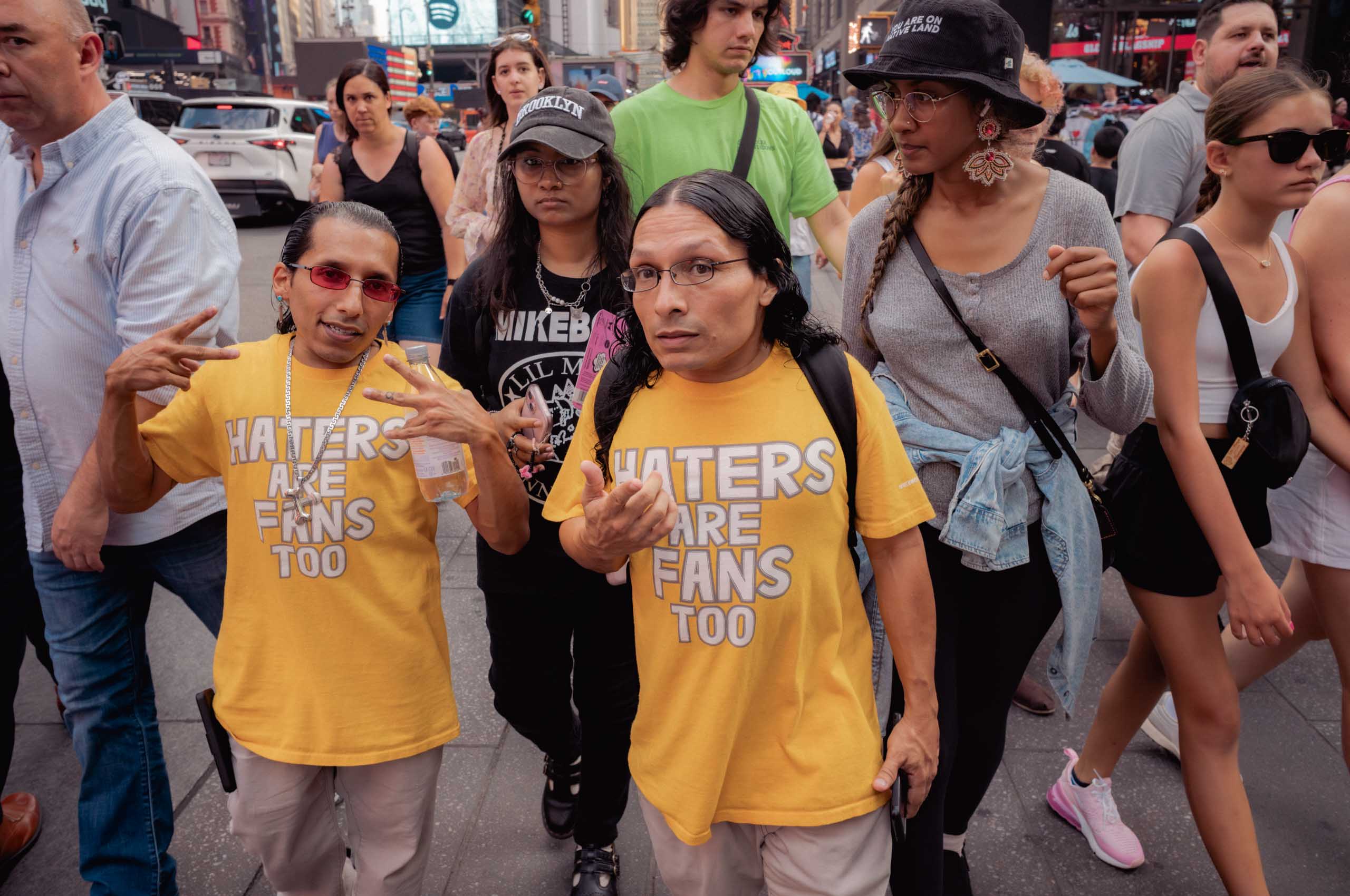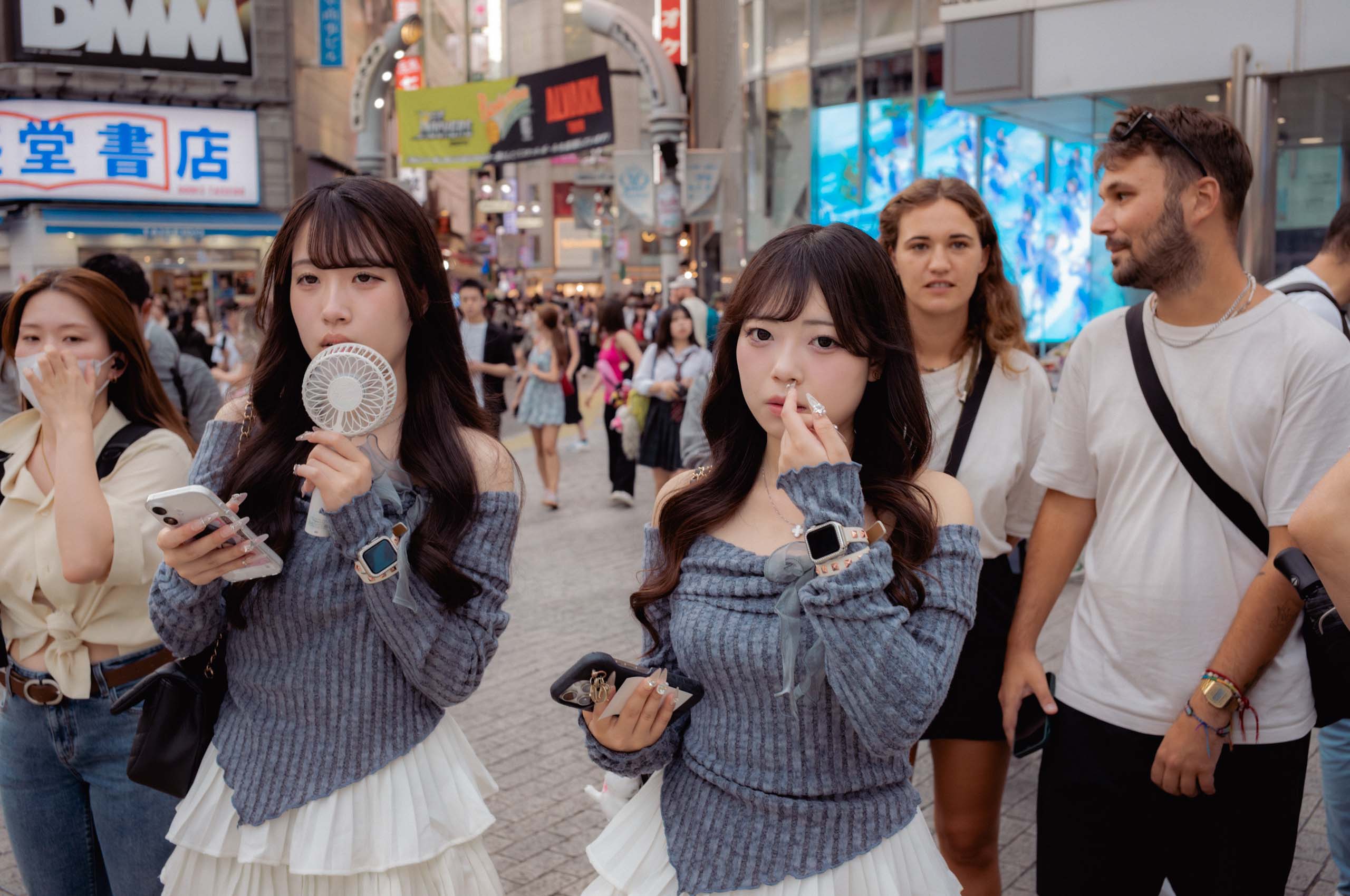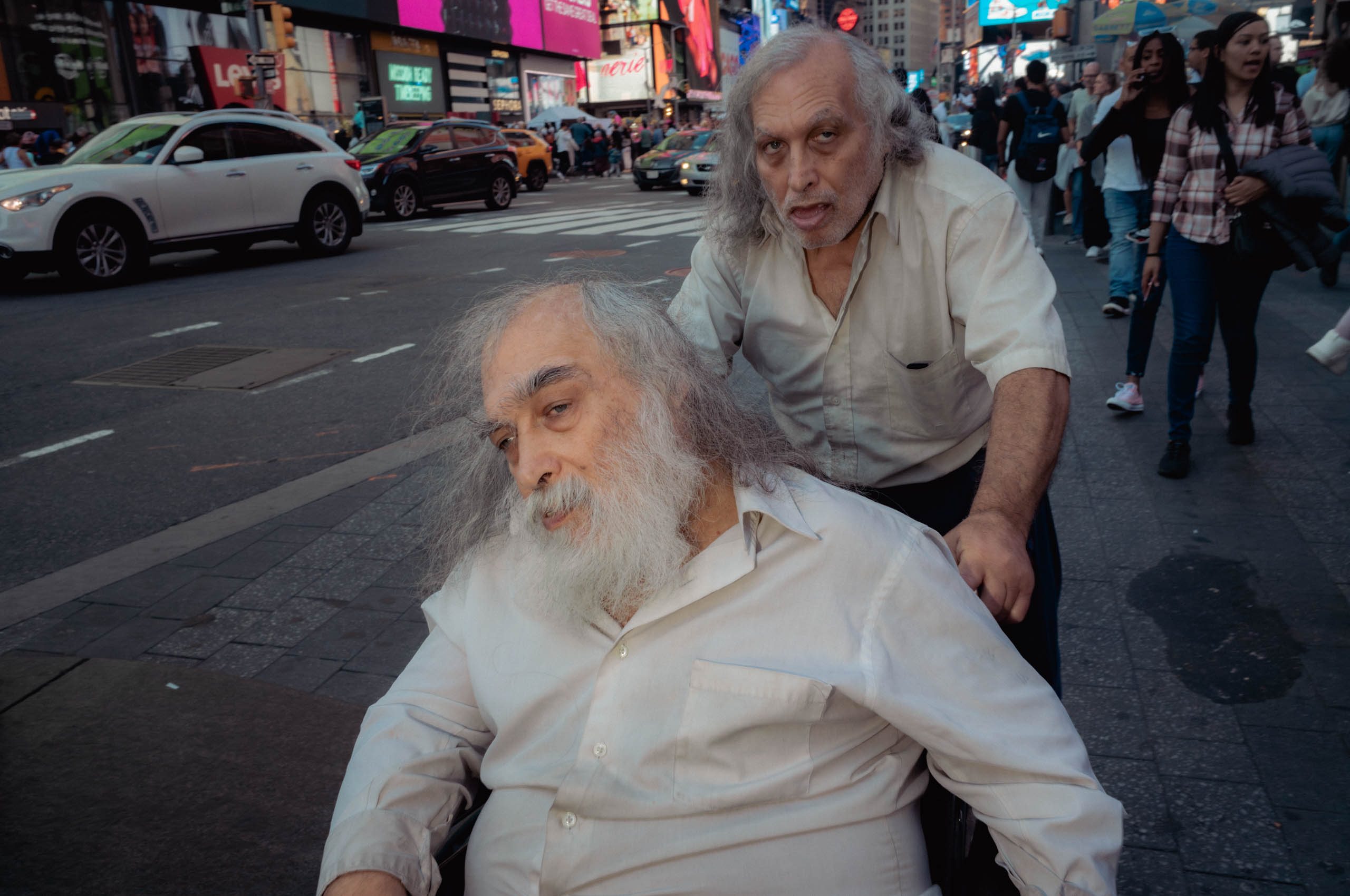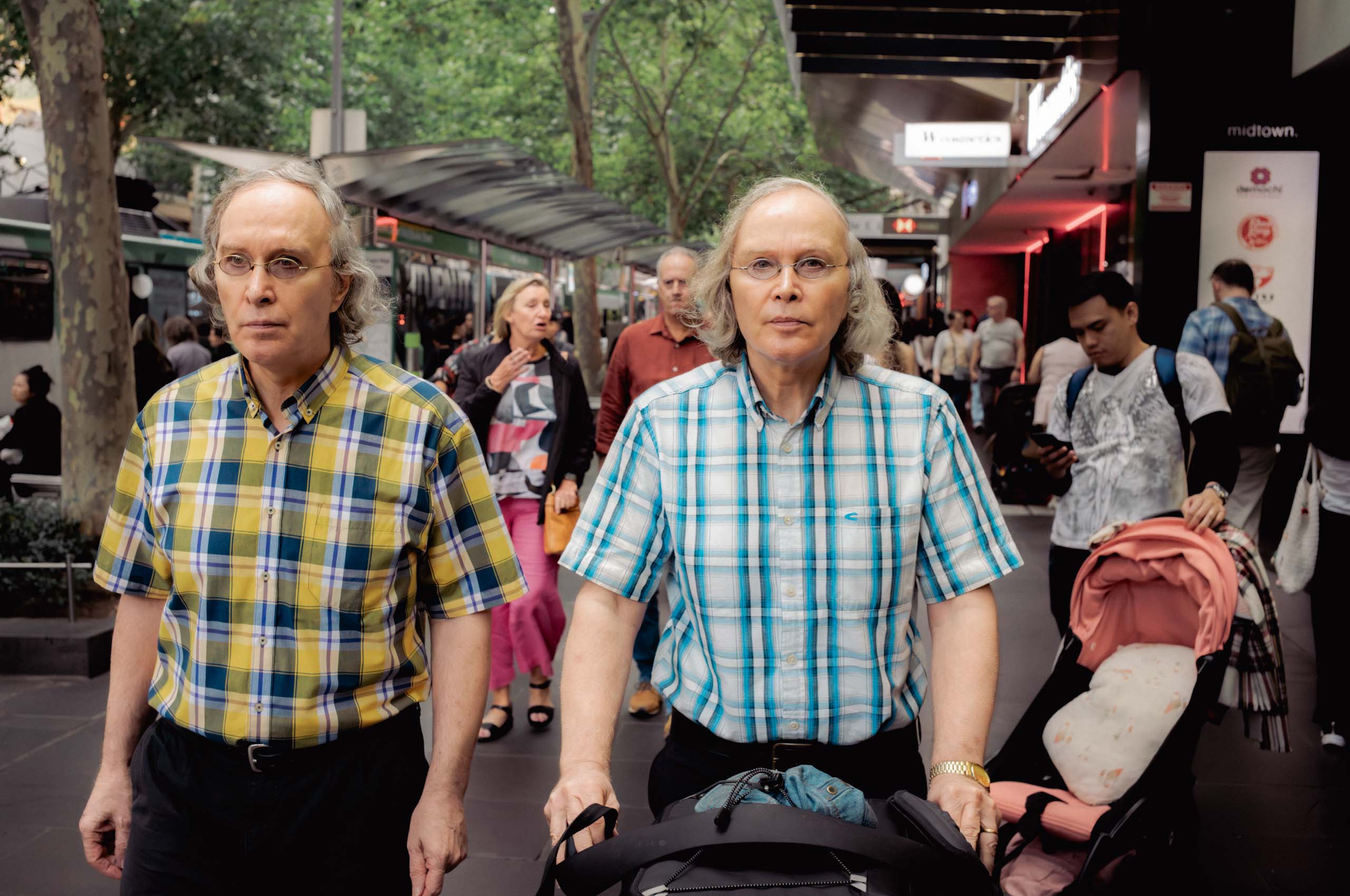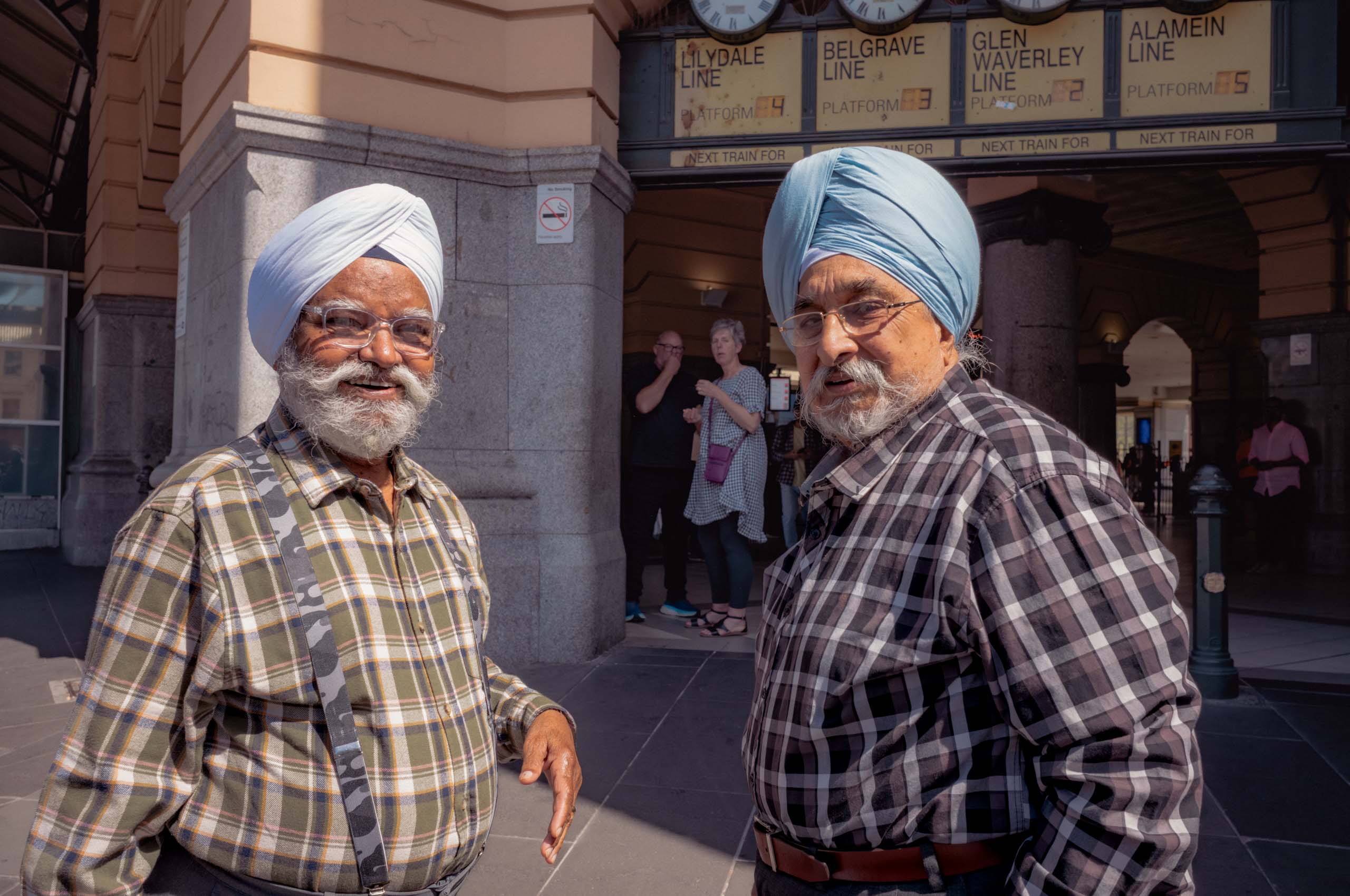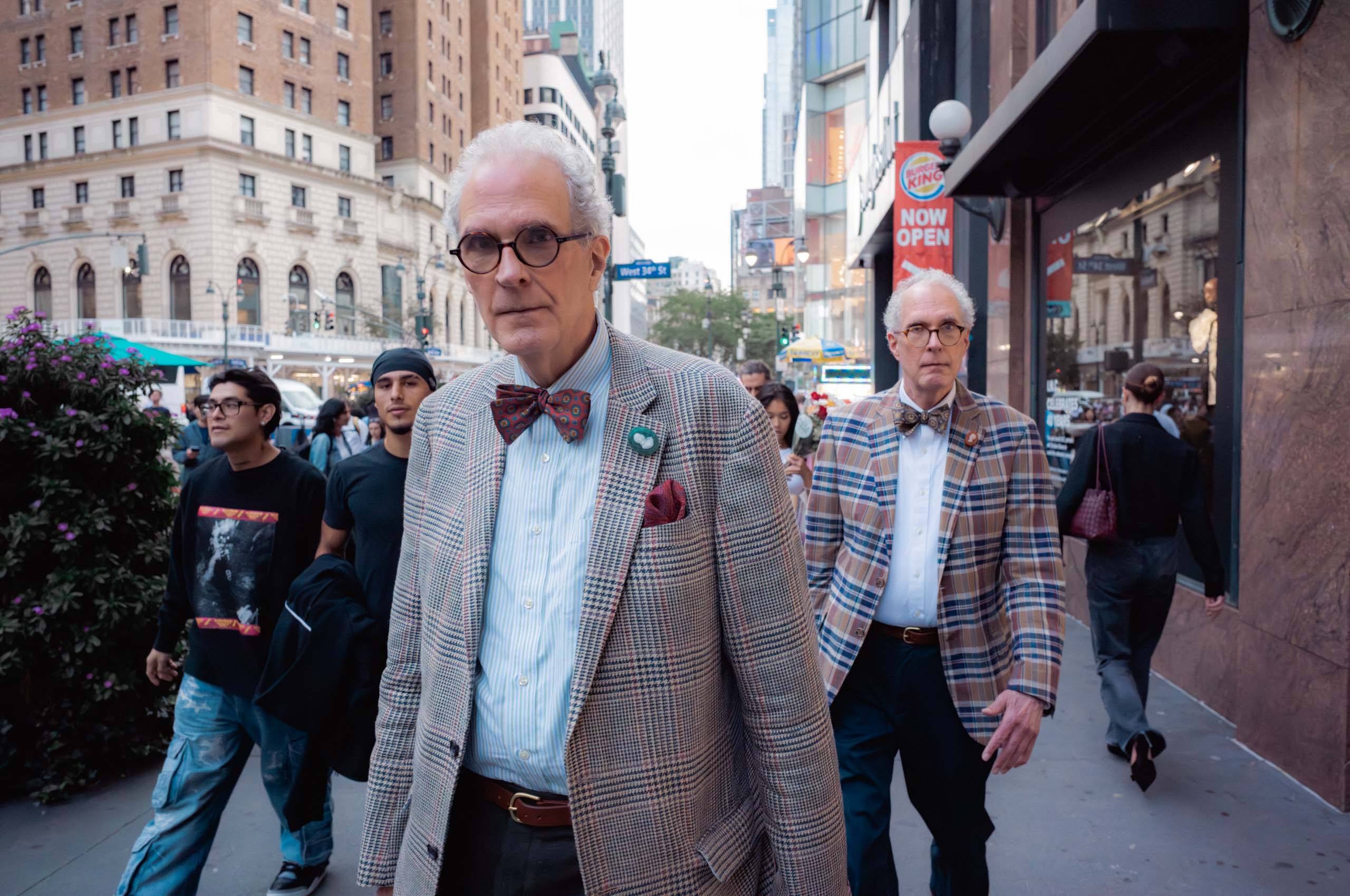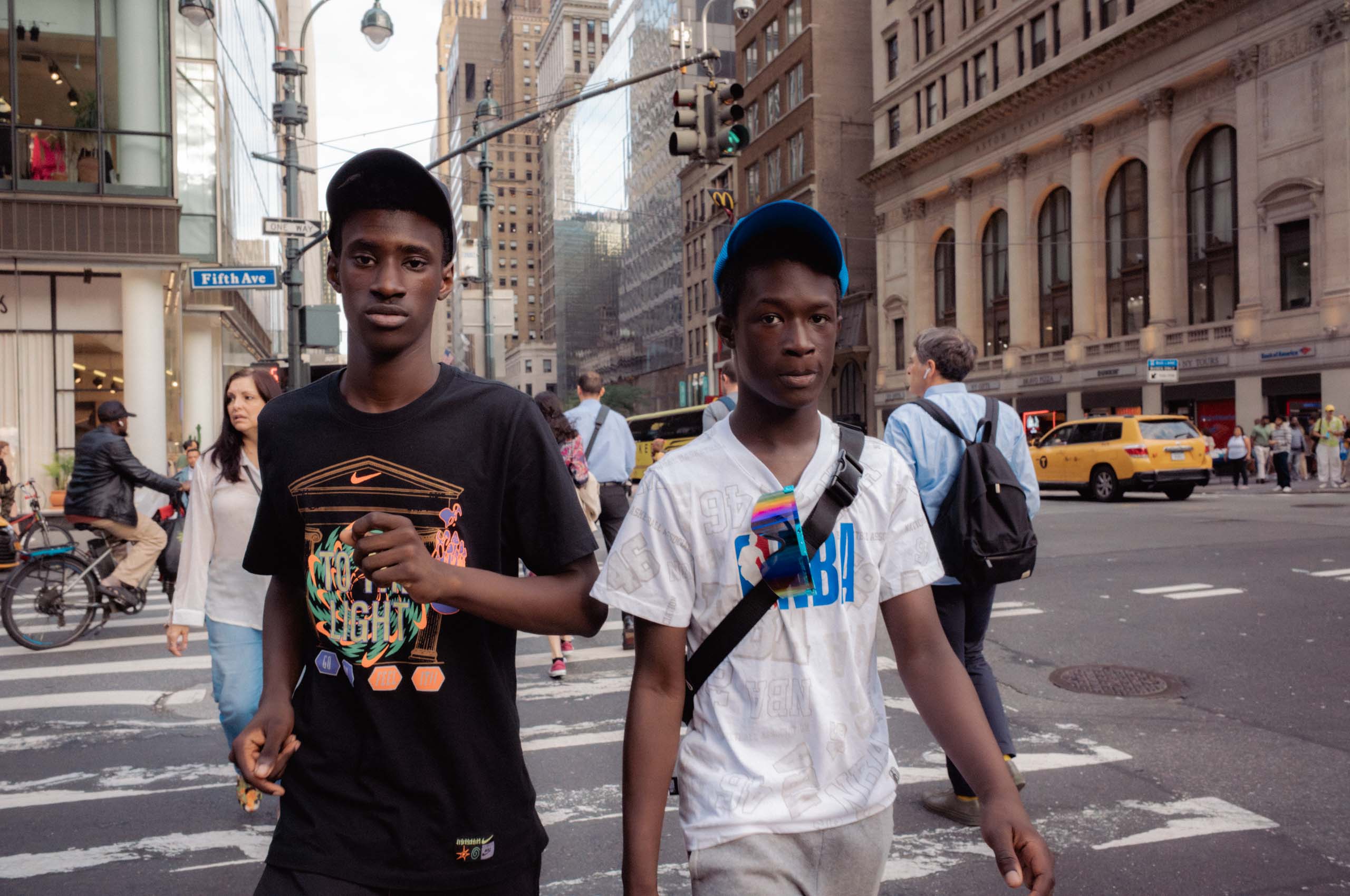Pairs confronts the viewer with the uncanny power of doubling, where likeness and difference blur into a single visual tension. These images don’t just show resemblance; they stage identity as something both singular and multiplied. In the flux of urban life, the repetition of forms becomes a kind of choreography, one that turns sidewalks into mirrors of desire, affinity, and chance alignment.
The strength of the work lies in its tensions. Pairings register as both deliberate and incidental, charged with intimacy yet mediated by public space. This friction resists a single interpretation, inviting viewers to linger in the ambiguity of resemblance. Doubling here isn’t decoration; it’s a social rhythm, a repetition that exposes the push and pull between selfhood and affiliation.
The style heightens these dynamics. By extracting pairs from the flow of the city, the images reveal structures of conformity and distinction that might otherwise go unseen. Composition and sequencing act as tools of analysis, showing how form and subject are inseparable. Pairs insists that identity never emerges in isolation but always in dialogue with another presence — an echo, a reflection, a double.
